Indo-Caribbean Culture in Trinidad and Tobago
People of Indian descent are a sizeable portion of Trinidad’s population – and a huge and colorful influence on its food, festivals, and daily life. Trinidad native Vernon Ramesar shares his experiences.
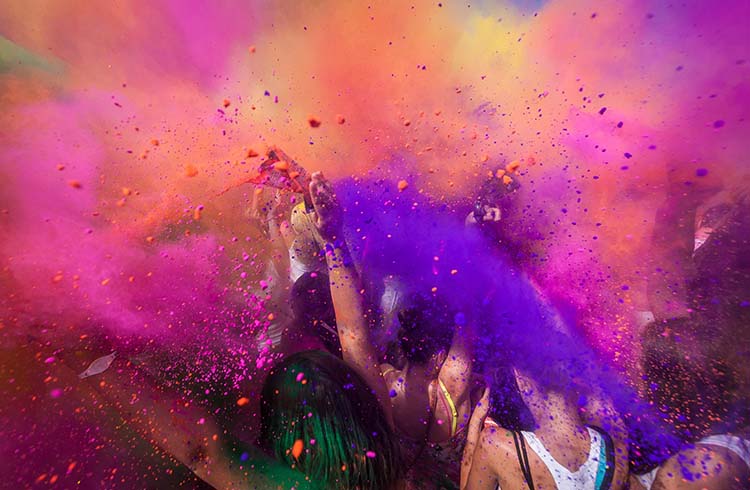 Photo © Getty Images / Adam Filipowicz / EyeEm
Photo © Getty Images / Adam Filipowicz / EyeEm
When I travel and tell people I’m from Trinidad and Tobago, it often results in blank stares. Sometimes people are genuinely unaware the island nation exists. Another reason, though rarely voiced, is probably because I’m obviously of South Asian rather than African descent.
My Indo-Caribbean background isn’t at all unusual. About 40% of the population of Trinidad and Tobago is of Indian descent, which may come as a surprise to those unfamiliar with the country’s British colonial past.
- Historical legacy of Indo-Trinidadians
- Indian food in Trinidad
- Divali, Holi, and other celebrations
- Listen to the World Nomads Podcast: Caribbean
Historical legacy of Indo-Trinidadians
When slavery here ended in the early 19th century, the British turned to India as a ready-made source of cheap labour for the sugar and cocoa plantations. About 150,000 indentured laborers arrived in Trinidad from India between 1845 and 1917. Most chose to stay on after their indentureship period was over, and that decision has shaped Trinidad ever since.
Trinidad and Tobago is a two-island state just 7mi (11km) off the coast of Venezuela, at the southernmost tip of the Caribbean archipelago. Locals usually refer to it as “T&T”, and to themselves as “Trinis”. Though the two islands are definitely one country, they couldn’t be more different.
Trinidad is the larger of the two islands and home to more than 90% of the country’s population. It’s where almost all of the Indian migrants, including my great-great-grandfather, settled.
The historical legacy of Indo-Trinidadians can be seen in place names like Barrackpore, Fyzabad, Patna Village, and Calcutta Settlement. It’s in the faces that you see on the street and the names you hear on the evening television news. A glance at the news will also show that T&T still votes mainly along racial lines, with one party drawing its main support from Indo-Trinidadians and the other from Afro-Trinidadians.
Indian food in Trinidad
While politics can sometimes divide Trinidadians, food always unites them. There’s a Trinidad expression “better belly buss than good food waste”, meaning it’s better to eat till your stomach explodes than leave delicious food behind. Though I have no evidence of ruptured stomachs as a result of this advice, I can attest to the Trinidadian love of food. We sing songs about it, post memes about it, and most of all we eat it... lots of it.
Trinis enjoy an astonishing choice of foods – often on the same plate – and Indian food plays a prominent role. “Doubles” is something of a national obsession; a street food that can be either a quick snack or a hearty breakfast depending on how many you consume. Curried chickpeas are sandwiched between two flat pieces of fried dough called baras (thus the name “doubles”) and served on a piece of paper with whatever savory sauces are on offer. Popular doubles vendors have a throng of customers standing around their cart.
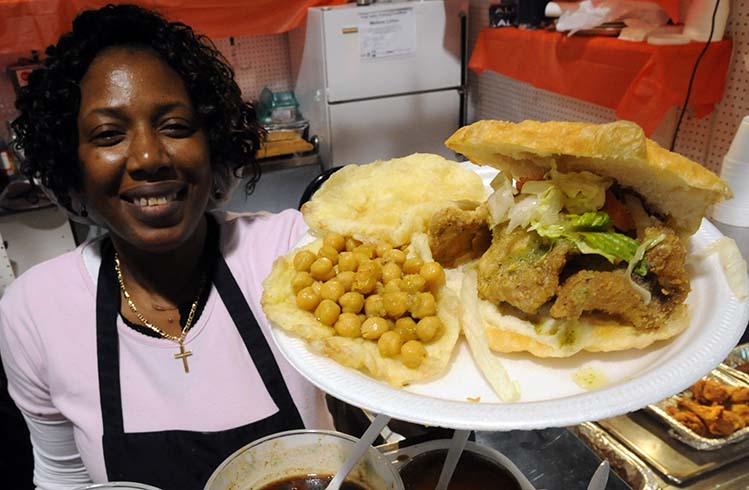
As with most things, there are always attempts to improve on perfection. In recent years, some restaurants have dreamt up “chicken doubles” and “shrimp doubles”. Like most locals, I view such abominations with scorn. Real doubles are always vegetarian and never fancy.
Curry is another Indo-Trinidadian staple that has become part of the mainstream. Trinidad curries have a simpler flavor profile than their Indian cousins but are no less tasty. Curried meat dishes are available throughout the country, often accompanied by a wide selection of vegetarian sides and usually served with roti (a soft flatbread). When they’re on the go, many locals opt for a “wrap roti”: roti, curry and vegetables folded into the perfect handheld meal.
Like many Indian families, mine converted to Christianity more than 100 years ago, but that doesn’t stop me from accepting invitations to pujas (Hindu prayers). When it comes to food, all religious lines in Trinidad are permanently blurred. Hospitality is an integral part of every puja, and the food provided after the ritual is some of the best home cooking available on the island. Guests sit at communal tables with a large leaf as a plate, and are served a delicious variety of vegetarian dishes. You eat with your hands, and seconds are actively encouraged.
Divali, Holi, and other Indian celebrations
The Trinidadian love of food is almost matched by our love of a celebration. Though Carnival is the preeminent festival, Indian celebrations are also an important part of the national calendar. Divali, the Hindu festival of lights dedicated to the goddess Lakshmi, is by far the most prominent. Hindus beautify their homes and offer pujas in preparation for the night of Divali. Starting on Divali evening, small clay lamps called deyas filled with coconut oil are lit and placed in and around Hindu homes throughout the country.
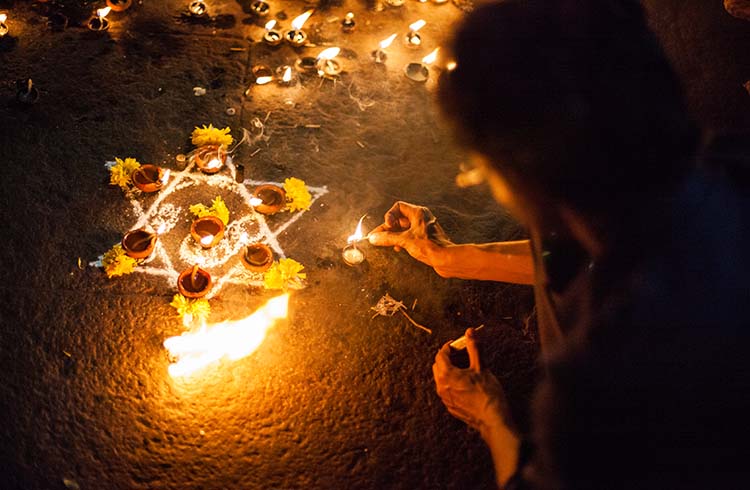
On Divali night, I usually drive through the villages of Central Trinidad towards the coastal village of Felicity, which is famous for its ostentatious Divali lighting displays. The air everywhere along the route is filled with the sounds of bhajans (hymns). Thousands of twinkling deyas, like fields of fallen stars, punctuate the route and create a special sort of magic. It’s deeply moving, and a beautiful expression of a faith passed down unchanged through the generations.
While Divali is a festival of quiet reflection, Phagwa (also called Holi) is a raucous and fun affair. It’s the Hindu spring celebration, held at recreation grounds throughout the country. Participants throw colored dye (abir or abeer) in both powdered and liquid form at each other, accompanied by traditional chowtal music and much laughter. I’ve learned not to try to dodge the dye, as it’s futile, and getting messy is the whole point.
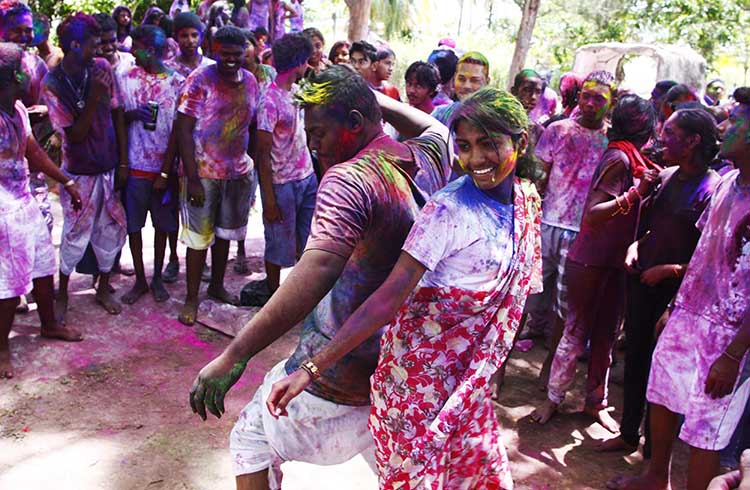
In 1994, Indian Arrival Day was made a public holiday in Trinidad and Tobago, to commemorate the arrival of the first Indian immigrants in 1845. But in many ways, every day in Trinidad is testament to their lasting legacy.
Related articles
Simple and flexible travel insurance
You can buy at home or while traveling, and claim online from anywhere in the world. With 150+ adventure activities covered and 24/7 emergency assistance.
Get a quote
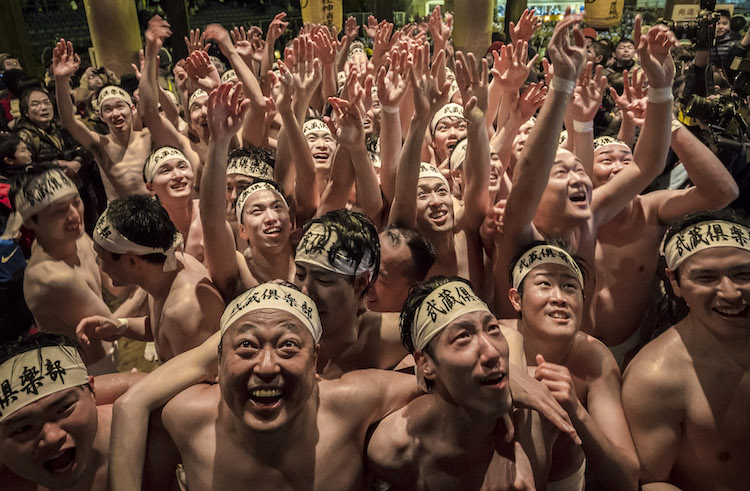
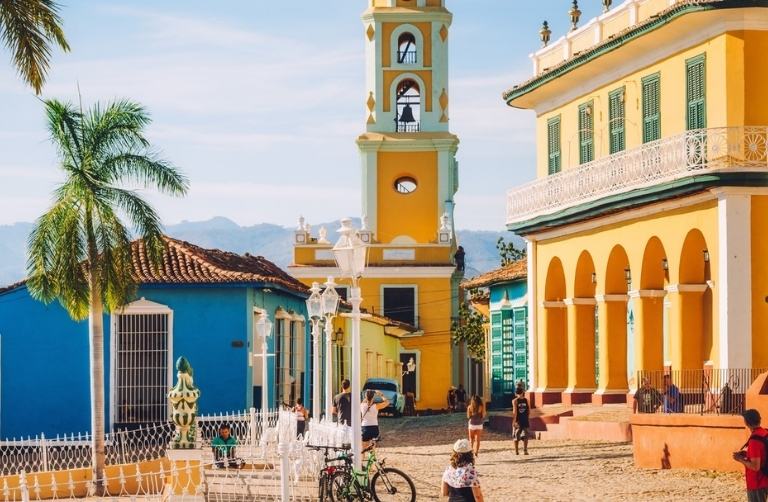
7 Comments
Well written, sir. When I saw a story about Trini, I immediately doubted it thinking it would solely focus on Carnival. Thank you for providing a thorough, informative, and entertaining piece.
Cool article, but I'm surprised people look at you with blank stares when you say you're from Trinidad and Tobago!
My mom is from there but I'm born in Toronto, so we have many as well as in London, England. Even people from Australia seem to know where it is. My dad is from Guyana and I always get "Ghana?" when I say he's from there ;) But theres a fairly big population in Toronto as well as NYC.
I am travelling to Tobago in a couple of weeks. You haven’t mentioned anything about the lesser known island. We have never been before and did quite a lot of research before booking our trip. From what I read, there is a big difference between the two islands, Tobago being more laid back, quieter and predominantly of African descent. Does anyone have any input?
That's amazing to know. I did not know about this before that there are big influence of Indian culture and Indian descent living there. Thanks for sharing.
If I may suggest, The correct way to write the festival of lights is Diwali. Just a tip ;-)
Trinidad and Tobago can say that they are u bless and a small country that gave back so much to the world from music to natural resources the steel pan is all over the world
No mention of the muslim population. How come?
The former Prime Minister Mrs. Kamla Persad-Bissessar had visited her ancestral village in the state of Bihar during her India visit. Do ordinary Indo-Trinis visit India in search of their roots ?